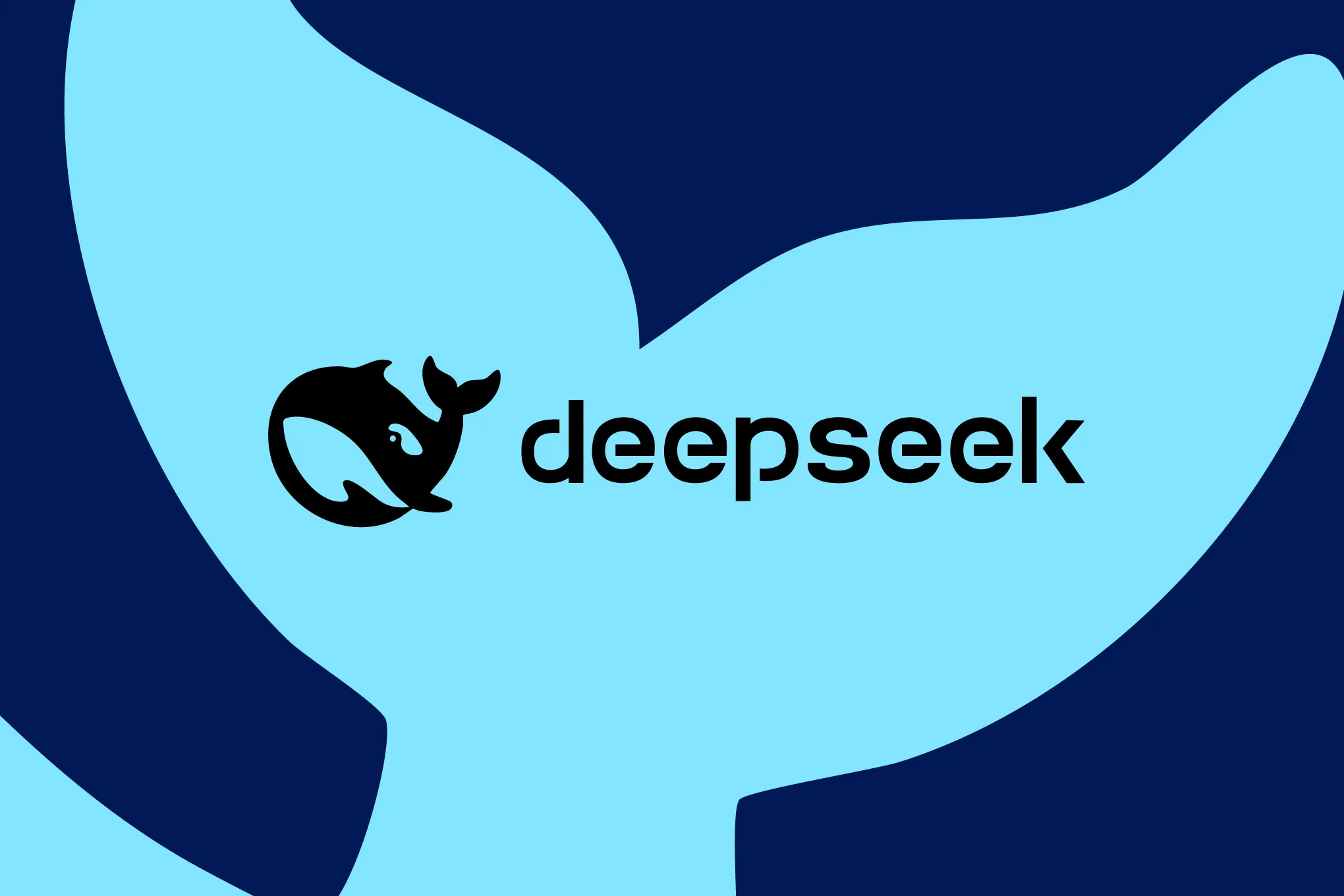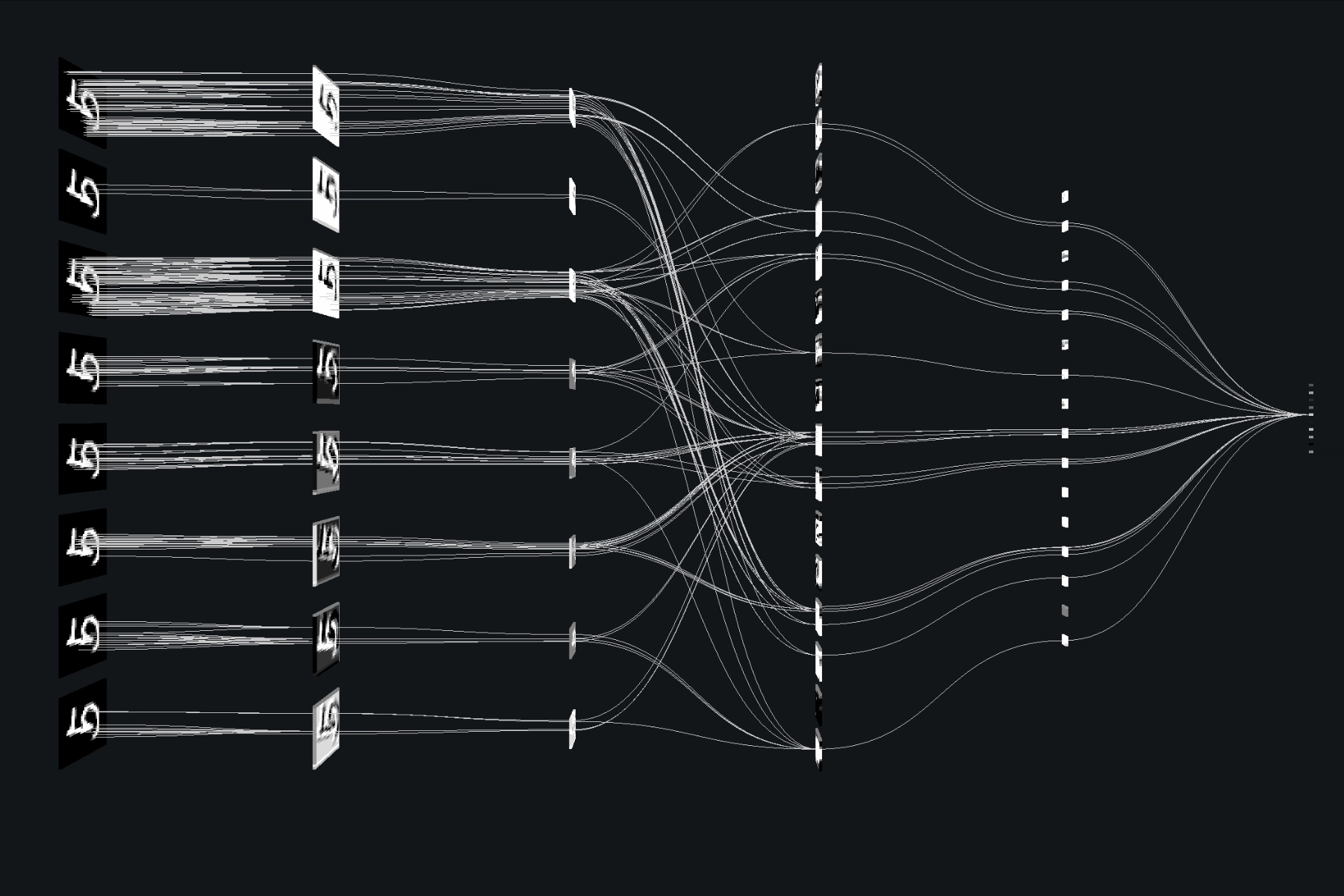The entire field of multimodal AI just got punched in the face by a 3-billion parameter model. DeepSeek-OCR isn’t just another optical character recognition tool, it’s a fundamental attack on how we think about token efficiency in large language models. The irony is delicious: visual processing, traditionally the expensive bolt-on afterthought, might actually be the key to escaping the token economy prison.
When Vision Tokens Become More Efficient Than Text
Let’s state this clearly because it sounds absurd: DeepSeek has achieved compression ratios where visual tokens encode text more efficiently than text itself. We’re talking about converting 10,000 words worth of text documents into just 1,500 visual tokens, a 10x improvement over traditional text tokenization. When the number of text tokens stays within 10 times that of vision tokens, the model maintains OCR precision of 97% according to the official technical paper.
This inversion turns conventional wisdom on its head. Most vision-language models treat the vision tower as a necessary evil, a computational tax you pay to handle images. But DeepSeek frames this compression as a feature, not a limitation. Their model processes entire pages with just 100-200 vision tokens, less than what smaller OCRs need for a single paragraph.
The Architecture That Makes It Possible
DeepSeek-OCR’s secret sauce lies in a sophisticated two-component architecture:
- DeepEncoder: A powerful vision processor that handles high-resolution images using components from Meta’s Segment Anything Model (SAM) for local analysis and OpenAI’s CLIP for global context understanding
- DeepSeek3B-MoE-A570M: The specialized language model decoder that reconstructs text from compressed visual representations
The magic happens in the 16x compression step between these components, where the system drastically reduces token count without sacrificing reconstruction quality. Performance benchmarks show DeepSeek-OCR outperforming competitors like GOT-OCR2.0 using only 100 vision tokens compared to the latter’s 256, and beating MinerU 2.0 (which needs nearly 7,000 tokens) with fewer than 800.
Why This Changes Everything for Long-Context Processing
The implications for long-context AI are staggering. Visual-text compression achieves seven to 20 times token reduction across different historical context stages, offering what DeepSeek describes as “a promising direction to address long-context challenges in LLMs.”
Think about the practical applications:
- Enterprise document processing: Cram all of a company’s key internal documents into a prompt preamble and cache it with OpenAI, then just append specific queries on top
- Codebase analysis: Load an entire codebase into context and cache it, then track changes by adding only the equivalent of git diffs
- Research pipelines: Process over 200,000 pages per day on a single NVIDIA A100 GPU
This approach mirrors how human memory works, we often recall information visually, remembering approximately where on a page we saw something rather than recalling the exact text sequence.
The Competitive Landscape Just Got Interesting
What’s particularly fascinating is that this innovation might not be unique to DeepSeek. As one Reddit observer noted, Google may have already figured out similar techniques, which could explain why Gemini has such massive context sizes and excels at OCR tasks. If true, they’d likely treat it as a valuable trade secret rather than open-sourcing the breakthrough.
But DeepSeek’s open-source approach means the entire AI community can now explore this technique. The model is available on Hugging Face with full documentation, letting developers run inference with relatively straightforward code:
from transformers import AutoModel, AutoTokenizer
import torch
model_name = 'deepseek-ai/DeepSeek-OCR'
tokenizer = AutoTokenizer.from_pretrained(model_name, trust_remote_code=True)
model = AutoModel.from_pretrained(model_name, trust_remote_code=True)
model = model.eval().cuda().to(torch.bfloat16)
The Performance-Precision Tradeoff Debate
Not everyone is convinced this approach is a silver bullet. Some critics point out that we shouldn’t assume DeepSeek’s visual token compression applies equally well to text sequences, it’s akin to applying JPEG compression to text documents, where lossy effects behave differently.
The model maintains impressive accuracy up to a point, around 60% precision at approximately 20x compression, but there are limits to how much you can compress without losing meaningful information. This raises fundamental questions about when extreme compression makes sense versus when you need verbatim text reconstruction.
Beyond OCR: The Future of Multimodal Architecture
DeepSeek-OCR represents more than just an efficient document processor, it’s a proof-of-concept for rethinking multimodal AI architecture entirely. By treating vision tokens as first-class citizens rather than computational baggage, DeepSeek opens up new possibilities for:
- Memory-augmented models: Systems that can store vast amounts of task-specific knowledge in visual working memory
- Cross-modal knowledge transfer: Leveraging visual representations to enhance text understanding
- Efficient multimodal reasoning: Achieving human-like recall without proportional computational cost increases
The timing is particularly strategic for DeepSeek, coming after their R2 model faced indefinite delays due to hardware challenges with Huawei’s domestic Ascend chips. This pivot toward efficiency and open-source innovation demonstrates their commitment to staying relevant in a competitive landscape dominated by US chip restrictions.
DeepSeek-OCR isn’t just another incremental improvement in OCR technology, it’s a fundamental challenge to how we design multimodal AI systems. By demonstrating that visual tokens can be more efficient than text tokens for certain tasks, DeepSeek has opened up a new axis for exploring context expansion and computational efficiency.
Whether this approach becomes standard practice or remains a specialized technique, one thing is clear: the assumptions about multimodal AI efficiency just got substantially more complicated. Sometimes, the solution to processing more text isn’t better text processing, it’s not processing text at all.



